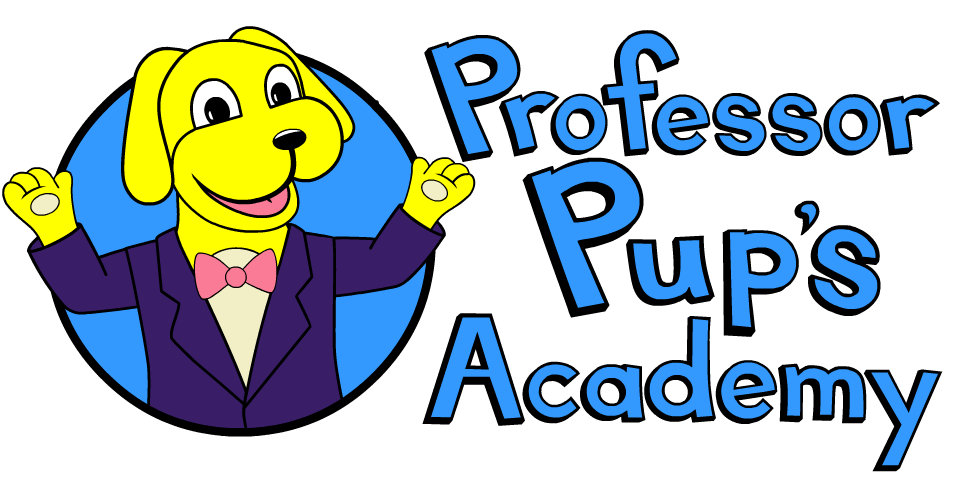Dyslexic students are super creative and intelligent learners. That said, traditional teaching models often don’t work for them. As a result, many dyslexic students fall behind and have trouble learning how to read. It’s important to understand that dyslexic students are not the problem; it’s the teaching method that needs to change.
So how do we teach young learners with dyslexia how to read? We adjust the teaching model to play to their strengths. Phonics is the most effective way to teach any student how to read. With or without learning handicaps, phonics teaches the skills necessary for young learners to become proficient readers. To better suit dyslexic students, we simply need to make a few changes.
Why Does Phonics Work for Dyslexic Students?
Why does phonics for dyslexia work? Phonics is scaffolded. This means that we start with the simplest concepts and build upon them. This also means that anyone can learn how to read. Phonics teaches students how to read bit by bit, so that they never feel overwhelmed or stressed out.
Because a well-planned phonics curriculum has distinct levels and lessons, students master one concept before moving onto the next. This ensures that they understand the material and correctly develop the skills necessary to learn how to read. Additionally, proper phonics instruction is explicit. It never assumes that any part of learning how to read is obvious. This is one of the top reasons why students who learn to read through phonics are so successful.
The basic principles of phonics for dyslexia are the same as standard phonics. These include:
- Phonemes
- Graphemes
- Blending and segmenting
- Decoding
- Spelling
- Reading
- Writing
But beyond those basics, there are some great ways to tailor phonics instruction to dyslexic students! Read on for some suggestions that will help you guide your dyslexic students more effectively.
Make Phonics for Dyslexia A Multi-Sensory Experience
If you do any research on teaching reading skills for dyslexic students, “multi-sensory” will come up. Multi-sensory means that we use more than one of our senses to experience learning. For example, touch and motion are huge points for dyslexic learners. By matching touch and motion to learning sounds and letters, students have a way to link what they learn to something they do. They literally experience learning, making it a more memorable experience.
How might this look in the classroom? When learning the phoneme /k/, they will see the letter c. They will say /k/. Then, they might close their eyes and imagine the letter c. Finally, they trace the letter c in the air with their hand. This type of multi-sensory experience lets what they learn “stick” with them. How does this work? By activating multiple senses, more areas of the brain open up to receive learning and allow memory to develop.
Active Phonics for Dyslexia: Move Away From the Desk!
Because traditional teaching models do not work for our dyslexic students, move them away from their desks. Instead, play to their strengths. According to Homeschool with Dyslexia, our right-brained students are specialists in:
- Non-verbal
- Imagination
- Comprehension
- Symbols and images
- Spatial perception/awareness
- Big picture ideas
What does this mean for the classroom? Use more activities and games! Instead of writing prompts and worksheets, have your students create comics, drawings and posters celebrating letters and their favorite words. When practicing flashcards, make sure that there are plenty of images and colors. Better yet, use letter blocks, letter magnets or letters printed on squares of sandpaper. Their experience touching and feeling these letters allows them to access learning more.
When it’s time to read aloud to your dyslexic students, use props, music and puppets to really stir up their imagination. These kinds of activities help dyslexic students pick up the skills necessary to learn how to read. Dyslexic students struggle with developing phonemic awareness, but they are superstars when it comes to comprehension. After each page of reading and after the story has ended, ask questions about the story and their thoughts. If possible, also play the audio recording of the book while holding a physical copy.
Use Professor Pup’s Phonics for Dyslexia and See Results
Teaching phonics for dyslexia has its unique challenges, but all of our students can be successful readers, writers and spellers. It just takes the right tool. Phonics apps and programs are also fantastic at helping dyslexic students learn how to read. Why do they work so well?
Specifically at Professor Pup’s Academy, our programs always offer:
- Scaffolded lessons
- Bright, colorful and fun graphics
- Positive and energizing music
- Explicit instruction
- Multiple unique activities
- Constructive feedback
- Intuitive navigation and design
We aim to make phonics for dyslexia a memorable experience by providing a fun and fantastical world. With explicit instruction and interactive lessons, we are confident that our programs will help your students learn how to read.
Implement our programs into your class and make phonics for dyslexia doable! Our programs contain lessons you can use right away without any additional training in phonics or reading science. Visit our webpage for teachers to learn how to get your free trial.
